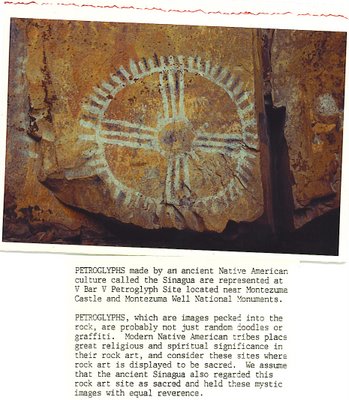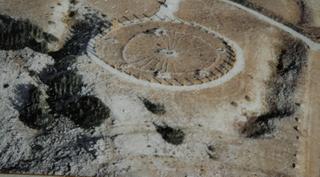I mean if I were to put on my eyeglasses, and these glasses were given to a way of seeing this universe, why not look at the whole universe bathed in such spacetime fabric?
This a opportunity to get "two birds" with one stone?See here
I was thinking of Garrett's E8 Theory article and Stefan's here.On March 31, 2006 the high-resolution gravity field model EIGEN-GL04C has been released. This model is a combination of GRACE and LAGEOS mission plus 0.5 x 0.5 degrees gravimetry and altimetry surface data and is complete to degree and order 360 in terms of spherical harmonic coefficients.
High-resolution combination gravity models are essential for all applications where a precise knowledge of the static gravity potential and its gradients is needed in the medium and short wavelength spectrum. Typical examples are precise orbit determination of geodetic and altimeter satellites or the study of the Earth's crust and mantle mass distribution.
But, various geodetic and altimeter applications request also a pure satellite-only gravity model. As an example, the ocean dynamic topography and the derived geostrophic surface currents, both derived from altimeter measurements and an oceanic geoid, would be strongly correlated with the mean sea surface height model used to derive terrestrial gravity data for the combination model.
Therefore, the satellite-only part of EIGEN-GL04C is provided here as EIGEN-GL04S1. The contributing GRACE and Lageos data are already described in the EIGEN-GL04C description. The satellite-only model has been derived from EIGEN-GL04C by reduction of the terrestrial normal equation system and is complete up to degree and order 150.
How many really understand/see the production of gravitational waves in regards to Taylor and Hulse?
To see Stefan's correlation in terms of "wave production" is a dynamical quality to what is still be experimentally looked for by LIGO?
As scientists, do you know this?
6:41 AM, November 11, 2007
.....and here.Thus the binary pulsar PSR1913+16 provides a powerful test of the predictions of the behavior of time perceived by a distant observer according to Einstein's Theory of Relativity.
Since we know the theory of Relativity is about Gravity, then how is it the applications can be extended to the way we see "anew" in our world?
A sphere, our earth, not so round anymore.
Uncle has tried to correct me on "isostatic adjustment."
Derek Sears, professor of cosmochemistry at the University of Arkansas, explains. See herePlanets are round because their gravitational field acts as though it originates from the center of the body and pulls everything toward it. With its large body and internal heating from radioactive elements, a planet behaves like a fluid, and over long periods of time succumbs to the gravitational pull from its center of gravity. The only way to get all the mass as close to planet's center of gravity as possible is to form a sphere. The technical name for this process is "isostatic adjustment."
With much smaller bodies, such as the 20-kilometer asteroids we have seen in recent spacecraft images, the gravitational pull is too weak to overcome the asteroid's mechanical strength. As a result, these bodies do not form spheres. Rather they maintain irregular, fragmentary shapes. K. Shumacker. Scientific America
Do not have time to follow up at this moment.
7:02 AM, November 11, 2007
In context of the post and differences, I may not have pointed to the substance of the post, yet I would have dealt with my problem in seeing.
In general terms, gravitational waves are radiated by objects whose motion involves acceleration, provided that the motion is not perfectly spherically symmetric (like a spinning, expanding or contracting sphere) or cylindrically symmetric (like a spinning disk).
A simple example is the spinning dumbbell. Set upon one end, so that one side of the dumbell is on the ground and the other end is pointing up, the dumbbell will not radiate when it spins around its vertical axis but will radiate if it tumbles end-over-end. The heavier the dumbbell, and the faster it tumbles, the greater is the gravitational radiation it will give off. If we imagine an extreme case in which the two weights of the dumbbell are massive stars like neutron stars or black holes, orbiting each other quickly, then significant amounts of gravitational radiation would be given off.
Given the context of the "whole universe" what is actually pervading, if one did not include gravity?

So singularities are pointing to the beginning(i), yet, we do not know if we should just say, the Big Bang, because, one would had to have calculated the energy used and where did it come from "previous" to manifest?
So some will have this philosophical position about "nothing(?)," and "everything as already existing."
Wherever there are no gravitational waves the space time is flat. One would have to define these two variances. One from understanding the relation to "radiation" and the other "perfectly spherically symmetric."







